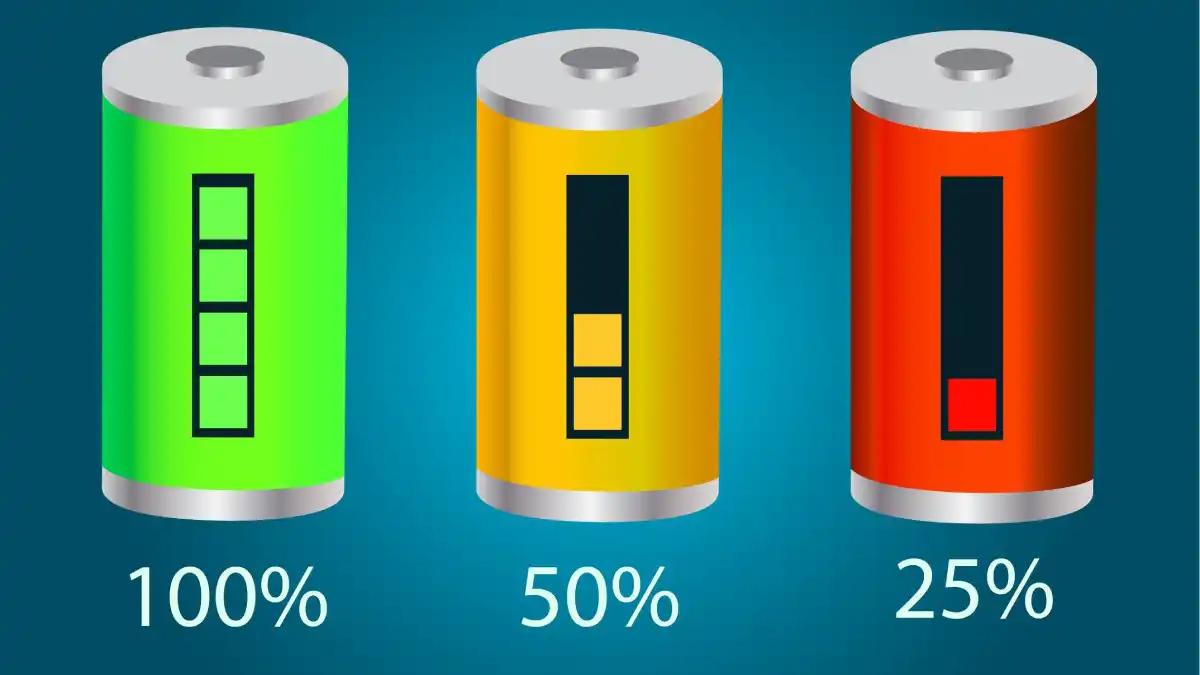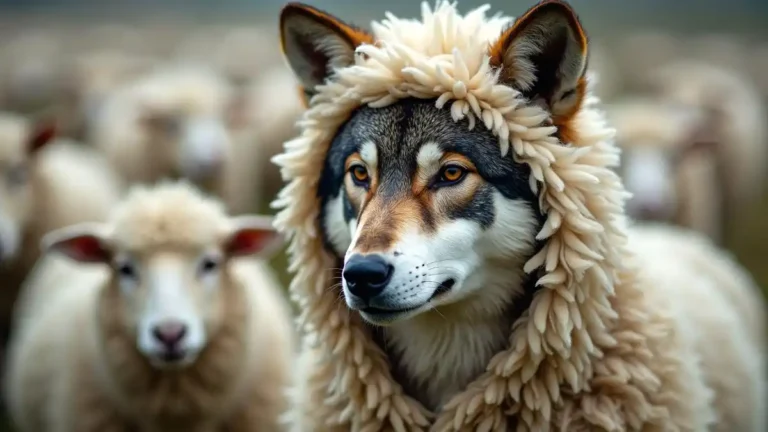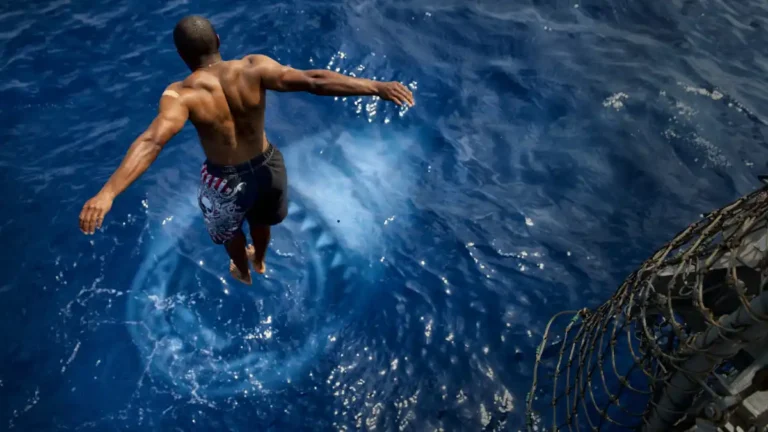A Field Guide to Beasts, Rebels, and the Ragged Remnants of Free Will
When I was in my twenties, I fancied myself on some grand “journey of self-discovery.” In truth, it was less about discovering anything and more about hammering myself into a shape I thought looked adventurous. I wanted to be a modern pirate, a cutthroat scavenger of life, adrift on whatever tides came, hoarding experiences as if they were doubloons. The idea was simple: live recklessly, and when I was old, decrepit, and smelling faintly of mothballs, I could at least regale some unfortunate audience with the tales.
Back then, when people asked what I wanted from life, I used to say—half-seriously—that I’d either become famous or at least have enough stories to stun my grandchildren into silence. I never, of course, gave any thought to those grandchildren actually existing. They were props in my personal theater, future background actors in the mythology of “me.” My twenties were a tangle of contradictions, but amid the chaos, I stumbled across Carl Jung and his neat little system of sixteen personality types. Suddenly, I had a tool that promised to vivisect the human condition with surgical precision.
Except, of course, reality doesn’t compress so easily into a filing cabinet. Sixteen slots, sixteen pigeonholes—and yet still insufficient for the grotesque variety of human folly.
At first, I gravitated toward ENTP: Extroverted, Intuitive, Thinking, Perceiving. It was the kind of label you could wear like a leather jacket, and I did—gladly. The ENTP sounded clever, quick-witted, irreverent. In other words: cool. And what twenty-something doesn’t crave that sheen of cool? It was flattering, and therefore it must have been true. Except it wasn’t.
First, the “P” slipped through my fingers. Then the “E” fell off like a broken badge. I twisted the letters around, ran them through tests, devoured books about Jungian archetypes, but something always snagged. None of it quite fit. Either something essential was missing or some element was grotesquely off-key. The more I read, the murkier the picture became, until I was choking on information like a man who tried to drink the ocean. Enlightenment? No. More like mental indigestion.
And maybe—just maybe—the whole enterprise was doomed. Maybe a human being cannot, in fact, be pressed into a mold. Or maybe I was simply too stubborn, too jagged-edged, to be categorized.
Let me pause to clarify: I’m not a doctor. I’m not a psychiatrist. I’m not even the sort of amateur armchair Freud who hands out diagnoses at cocktail parties. My academic background is legal, though even there I never fit the stereotype. I was no robe-clad lawyer sermonizing in courtrooms, but a legal architect, a negotiator of contracts. I started out at OMV—the great oil-and-gas juggernaut of Central Europe—first as a contract specialist, then climbing to head of gas business development. And what is long-term contract negotiation if not psychological warfare conducted politely over oak tables? You spend your days reading men, dissecting motives, spotting weaknesses.
I tried to use Jung’s tools in those negotiations. Pointless. Then I wandered into the swamp of NLP, another hollow circus trick. I even gave hypnosis a go—spoiler alert, it didn’t work on me.
The revelation, when it came, was brutal in its simplicity: human beings are not too complex for categories. They are insultingly simple. Stimulus-response machines. Scratch the surface of civilization, and most people are little more than lab rats who never questioned why the bell keeps ringing.
That realization took decades to crystallize. Nearly thirty years later, I found myself reading the works of Carlo Cipolla and Dietrich Bonhoeffer. They didn’t hand me answers, but they helped me begin sketching my own map of human behavior. The short version? Everyone is a mess of contradictions, but patterns repeat. Each person is a cocktail—bitter here, sweet there, occasionally poisonous. Sometimes an ingredient dominates, sometimes it’s buried deep.
Josef Kirschner, that mischievous Austrian author and television philosopher, offered one of the cleanest cuts: people fall broadly into three camps—followers, leaders, and independents. Out of every five souls, four are followers. The fifth is usually a leader. Independents? Rare, and rarely by choice. Independence isn’t a birthright—it’s forged in fire. A long, brutal struggle that leaves scars, most of them invisible but no less disfiguring.
So how do we answer the question: what are you made of? What box, what category do we claim?
My experience is this: the more common the category, the more interchangeable its members. Followers are as uniform as bricks in a wall. Leaders show more variation. And the independents—those who claw their way to the fringe—are the strangest, the most idiosyncratic. Scar tissue makes for odd shapes.
Carl Jung, in his way, confirmed this. The four most common personality types account for over half the global population. The rarest four don’t even scrape ten percent. Humanity is a grotesque bell curve, a swollen bulge of mediocrity in the middle, fringed by strange creatures so far from the center they may as well be aliens. And here’s the rub: you don’t just fall onto the fringe. You fight your way there. You earn it.
If you asked me later in life, when I was orbiting the corporate planet, I might have described myself with a label so clumsy it required an intermission to recite: non-theistic, libertarian, minarchistic anarchist. A tangle of contradictions bound together with duct tape. The part that scandalized people most was always the last word: anarchist.
But to understand that, you need to look at its polar opposite. The soldier.
Soldiers are bred for hierarchy. Cage-raised beasts. Their lives are rationed out by whistles and orders: eat now, march now, sleep now, shit now. Same cage, different uniforms. Their value measured not in imagination but obedience. And when the cage door swings open? They collapse. Like convicts released after decades, they cannot process freedom.
Civilian life terrifies them. No whistle. No quartermaster to swap torn rags. No cook to ladle out chow. No thrill of sanctioned destruction, of blowing millions in munitions without the faintest whisper of conscience. Suddenly, they must decide for themselves, and the responsibility smothers them. Worse, it bores them. Civilian life is beige wallpaper, and they have no tools to deal with beige. They never trained the inner game. For years, they lived on external stimulus—orders, missions, explosions. Strip that away, and they stand hollow, compass needle spinning wildly, seeking a magnet that isn’t there. They never learned how to live. Only how to obey.
Now, put that beside the anarchist.
Anarchists, poor devils, have been caricatured into bogeymen: bomb-throwers, Molotov maniacs, cartoon villains. That’s the propaganda, peddled by bureaucrats and frightened schoolteachers who can’t sleep unless everyone’s in line for roll call. But the real anarchist? He is the consummate survivalist. He thrives where structures collapse. He slips through cracks, bends without breaking, sidesteps lashes rather than catching them full on.
And here lies the paradox: anyone who claims to be an anarchist almost certainly isn’t. Real anarchists don’t strut, they vanish. They don’t boast, because they understand the brutal arithmetic of the majority. The herd will devour whatever it cannot understand. Anything that won’t be domesticated gets slaughtered. So the anarchist learns stealth.
He does not dream of saving humanity or reforming the world. He is not Prometheus, hauling fire down the mountain for ingrates. He doesn’t want to fix the machine; he wants to live outside its gears. If he has a motto, it’s “Don’t tread on me.” But even that he prefers to keep hidden. The quieter he stays, the freer he remains.
A true anarchist is sovereign, self-contained. To outsiders, he looks feral, unsettling, like a wild animal glimpsed at the tree line. But he has no ambition to rule, to reform, to recruit. He is, in the truest sense, cool: detached, steady, unflappable.
He is older than soldiers, older than empires. He is part trickster, part wanderer, part survivor. When the empires collapse and the soldiers find themselves useless, staring blankly at supermarket aisles, it is the anarchist who still knows how to hunt, how to vanish, how to walk between the raindrops of a crumbling order. He is not a destroyer, but a reminder: freedom is still possible, even when the word itself has been buried.
But modern “anarchists” rarely live up to that. Their label has been hijacked by bureaucrats and pretenders. Counterfeit prophets draped in black, promising freedom while secretly drafting blueprints for the most totalitarian cages imaginable. They are the opposite of what they claim.
A real anarchist doesn’t advocate; he evaporates. He doesn’t sermonize; he disappears. He leaves no pamphlets, no slogans, no disciples. Because the moment you’re recruiting, you’re building a church. And the moment you’re preaching, you’ve already surrendered to the herd. And the anarchist has no herd.
Those camouflage-clad hooligans cosplaying as guerrilla fighters? They’re as close to anarchists as slugs are to elephants. Except the slug, in its slimy dignity, doesn’t pretend to be anything else. The balaclava clowns, shouting about liberty while drooling for power, are commissars in larval form. Dress them however you like—black, red, camo—it doesn’t matter. Underneath, they stink of the same mildew: the lust to command.
Anarchists want none of it. They don’t storm palaces, they ghost past them. They don’t topple thrones, they refuse to kneel. They don’t need converts, because they’ve no altar to preach from.
The true anarchist is rare, and rarer still because he makes himself invisible. He doesn’t want to be seen. He knows the world cannot be changed, and he doesn’t waste his breath pretending otherwise. He tends to his own freedom with a dogged ferocity, and he’ll bleed to keep it. Always. Unfailingly.
And if that’s not for you? Fine. It doesn’t matter in the slightest.




